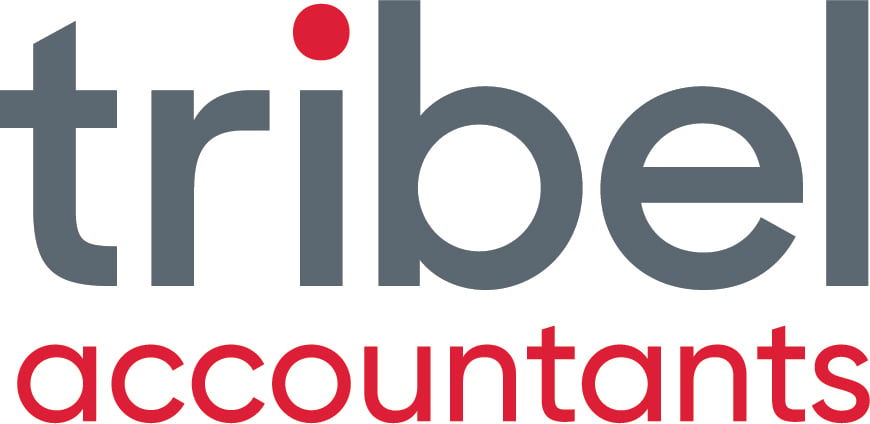INTRODUCTION:
Yesterday I talked about the benefits having systems and how they can not only increase your small business valuation but generally allow you to have better business growth, customer retention and profitability. The fact is that things can, and still go wrong in business so when they do what is the reaction of successful leaders?
1. Seconds From Disaster Lessons
If you have ever seen that show "Seconds From Disaster" or even "Air Crash Investigation", authorities usually find that the disaster occurred after a series of events/mistakes that led to one almighty calamity. You can't believe how one little thing led to another. One small error gets compounded until the ultimate disaster occurs. This can happen in any type of business whether you are a firm of small business accountants Sydney or Dubbo or a transport company in Wagga or Homebush.
It's very tempting as a business owner to blow your cool and rant and rave at the people who were assigned to perform what seemed like a simple transaction with customers, suppliers, team members etc.
It could be things like:
- a new customer was given credit and now they've gone bust owing your company plenty and seriously threatening your cash flow;
- purchasing of supplies that were cheaper but have since been discovered to be faulty;
- paying too much for something without following procurement;
- employing the wrong person and giving them way too much responsibility without further vetting or training.
How did these things happen? What was the process and where did it break down?
2. Re-examine Processes
Once the series of events has been determined that led to the 'disaster', it's time to compare what happened with the processes you have in place with a view to strengthening the weak links. Identify the critical points that led to the unacceptable outcome.

Figure 2: Eric Clapton shot the sheriff - a rare occasion it actually works!
3. Encourage Team Input
Rather than berate everybody else, just maybe it might be better to ask them for input so that the new processes can be improved. Usually people on the floor will have some great ideas but are rarely asked. Most times by asking for feedback or input, thsi can actually build team morale.
4. Build Into Systems Manual
A mistake can often be identified as an opportunity. Use the process of working out what went wrong to create a new system and build it into your policies and procedures manual. Nobody likes stress when things go wrong, but an attitude of "OK, that's not good but let's find a way to help reduce the chance of it happening again can only be positive and by having a solid systems manual, you should find that not only have you fixed the weakness, but also your small business valuation will only be increased as business valuers look to see how your business has reduced risk which will make it more appealing to potential purchasers.

Figure 3: Bit late for a system now..
5. Perform 'What-If' Risk Profiling
Look at every facet of your business and sit down with your team in their relative groups and discuss potential disaster situations. This is sometimes called Disaster Recovery procedures. Whilst you go through these scenarios, look back to your processes and determine if these could have been headed off at the pass and then incorporate them back into the manual.
CONCLUSION:
Leaders act (not react)! When things go wrong, yes sometimes it's the team that need to stick their hand up but at the end of the day you will be the one responsible. The way you handle yourself and turn a negative into a positive will be definition of your ultimate success. Get on the front foot as prevention is always better than the cure.
How will you react next time something goes wrong and what will you do about it?


.png?width=100&height=100&name=COVID_Safe_Badge_Digital%20(002).png)




